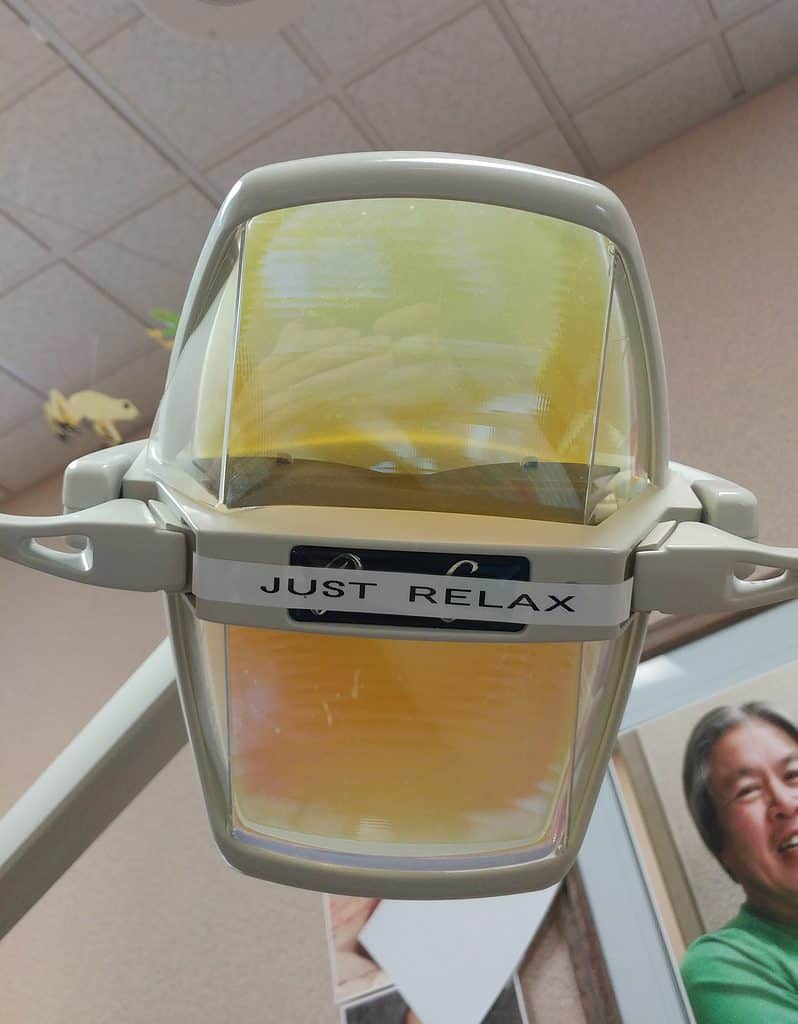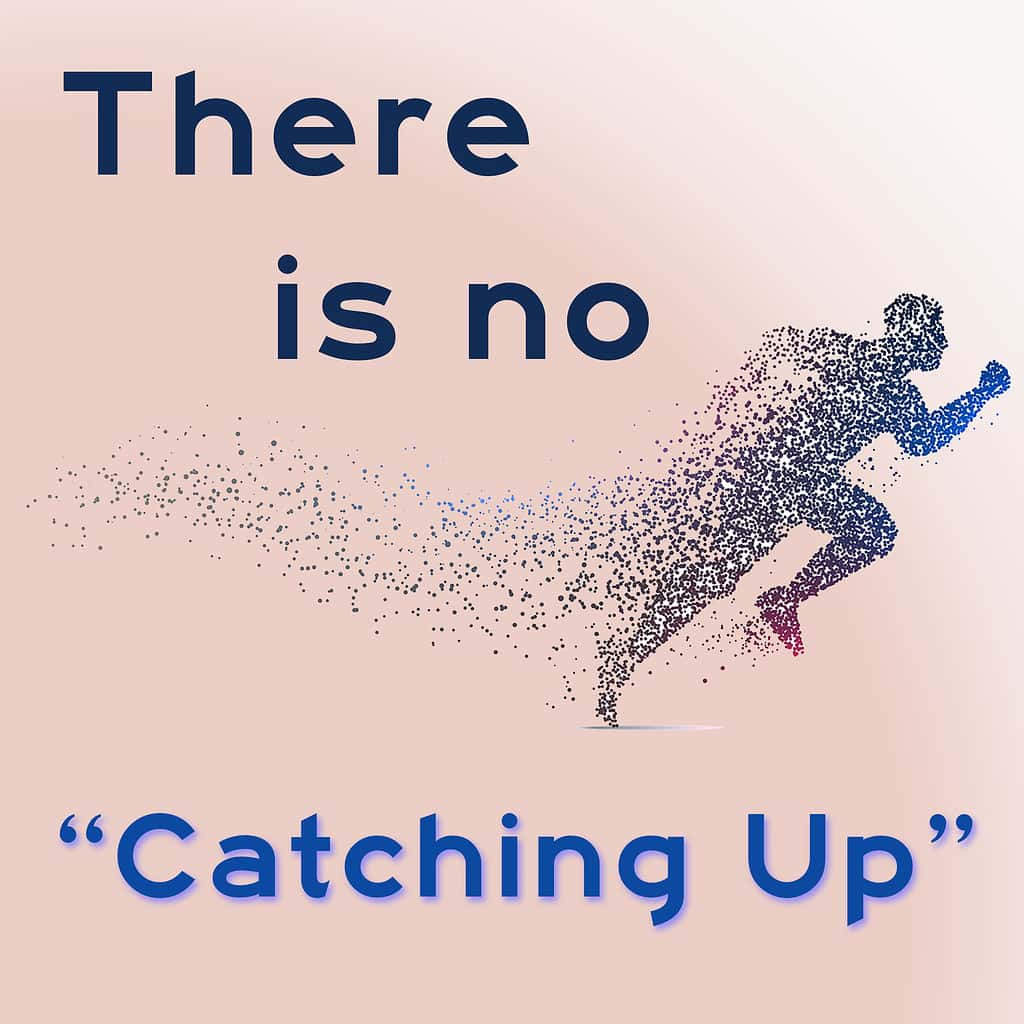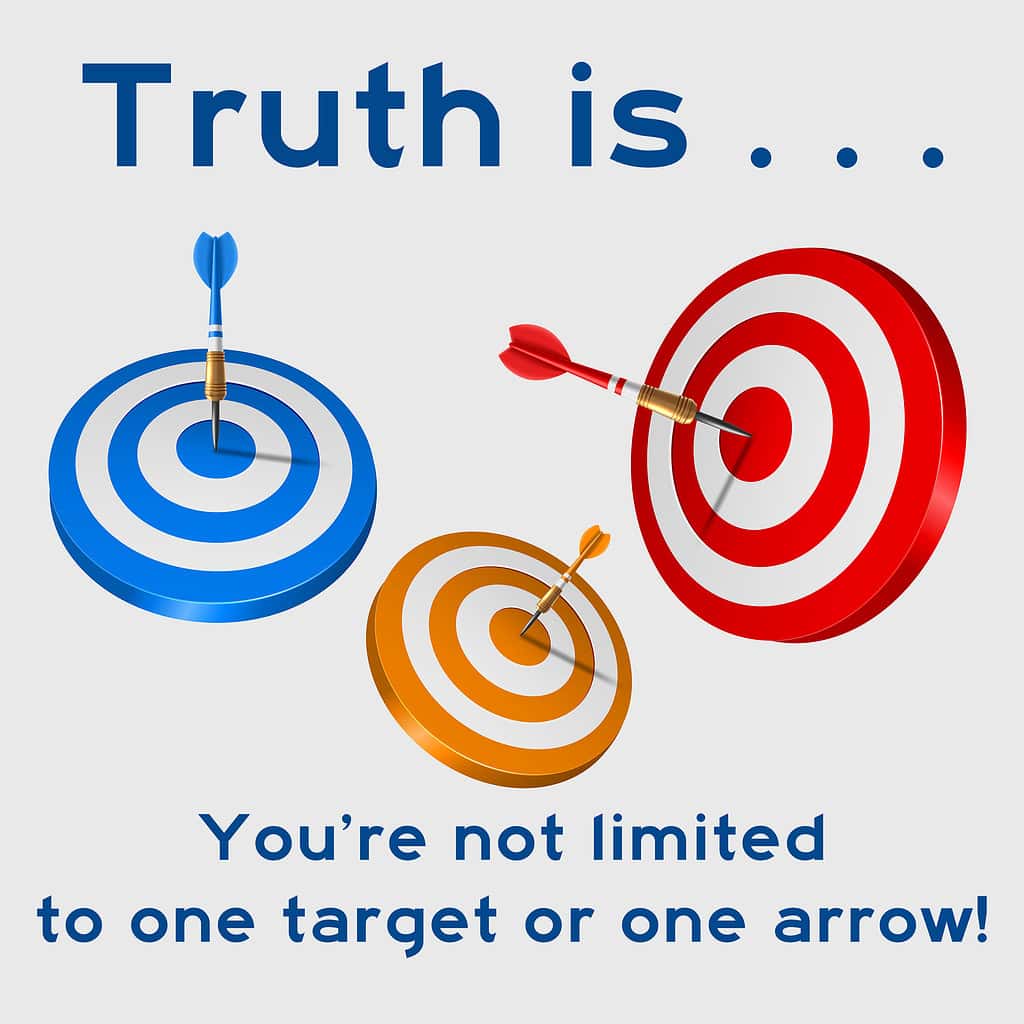
If you’ve ever had a coach, you’ve experienced an interesting human phenomenon: When we ask for help, we usually know:
- What the problem is
- What we need to do about it
Whether it’s a life coach, a business coach, a marketing coach, or any other kind of coach, their job is not to bring some kind of ESP magic to the discussion. Their job is to help you see the “real” problem and what you can do about it.
Finding the real problem is usually a matter of asking why – about three layers deep. I say three layers deep, because the most visible part of the problem is usually not the problem at all. It’s a symptom or a result of the real problem.
Once we figure out the real problem, we usually go through the same process with the solution. We know what it is (or at least we suspect) and we resist accepting it. Accepting often means to make a change that plays on our fears. Not only do we fear the change, we fear accepting the fact that we know we have to make the change!
I do some business coaching. And I work with lots of other business coaches, and a few life coaches. I’m even in a coaching mastermind group. It’s amazing how often a problem is obvious to everyone – except the person with the problem.
But even more common is the scenario where it’s obvious what needs to change – except to the person who needs to make the change.
I know you’ve been in a situation where someone asked for advice, and you gave them great advice, but they didn’t take it. Or they took the advice and didn’t execute. You may have even been frustrated with someone who “always” asks for advice and then never takes it.
Don’t be frustrated; be understanding. It is surprisingly easy to figure out what other people’s problems are, if you really listen. And it’s often pretty easy to figure out what they should do. But taking action is another story.
You’ve probably also been in a situation where someone asked for advice and prefaced it with, “Just don’t tell me I have to __________.” And of course the blank is filled with the obvious change they need to make. Proof, once again, that they know what they need to do.
The real battle for humans is always the accepting of the change, particularly if it plays on our fears. In most cases, it doesn’t take much effort to get people to accept the pain they’re experiencing. The problem isn’t hard to identify.
So what can you do to actually help people make the change they need? In my opinion, the best approach is generally to talk about alternatives. That helps people see why staying where they are isn’t the right answer, and bargaining to make less-painful changes won’t really solve the problem.
In the long run, all you can really do to help other people is to be patient, listen sincerely, and help them work through the acceptance of the change they need to make.
My first reaction to all advice is resistance. It has taken me about twenty years to learn to shut my mouth and take in the advice – even though I might not take action right away. I’m trying to learn to hear advice more effectively.
Change is hard.
We need to be patient with each other.
🙂








